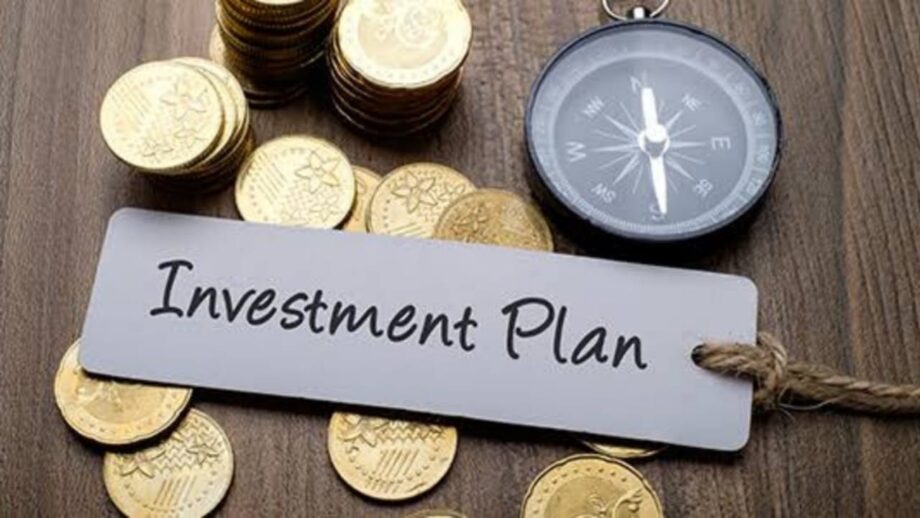Here is a look at the 10 investment avenues Indians look at while saving for financial goals.
1. Investing directly. Passive investing may not be suitable for everybody because it is a risky asset type with no assurance of profits. Furthermore, not only is it tough to select the appropriate stock, but it is also difficult to time your entry and departure. The sole bright spot is that, over long periods of time, equities have been able to outperform all other types of assets in terms of asset price return.
2. Stock mutual funds. Equity investors primarily invest in equity equities. An equity mutual fund scheme must make an investment of 65 percent of its assets in equities and capital derivatives, according to the Securities and Exchange Act of India (Sebi) Mutual Fund Rules. An investment company might be handled directly or indirectly.
3. Debt mutual funds. Unsecured types of mutual funds are appropriate for entrepreneurs looking for similar results. They are less unpredictable and thus less dangerous than equities. Bond funds generally invest in fixed-income assets such as corporate debt, sovereign bonds, treasury notes, corporate debt, as well as other alternative investments.
4. National Pension Scheme. The Pension Capital Market development Authority manages the National Pension System (NPS), a lengthy retiree investment program (PFRDA). The yearly payment required for an NPS Tier-1 fund to stay active has been decreased from Rs 6,000 to Rs 1,000. It consists of a combination of stock, certificates of deposit, debt securities, liquid money, and public money, among several other things. You may choose how much risk you want to total factor on your tolerance for risk.
5. The Public Provident Fund (PPF) is the fifth option. Because PPFs have a 15-year term, the effect of compounding tax-free interest is significant, especially in the later years. Furthermore, because the income and money invested are secured by a state guarantee, it is a safe investment. It’s worth remembering that the state reviews the interest rate on PPFs every quarter. More information about the PPF may be found on the internet.
6. Permanent investment with a bank (FD). In India, a fixed deposits account is seen as a better investment option than a stock or unit trust. With force from February 4, 2020, each depositor in a bank is covered up to a total of five lakh rupees for both principal and interest under the bank protection and credit guarantee corporation (DICGC) guidelines.
7. Savings Plan for Senior Citizens (SCSS). During most levels of economic development, the Elderly Peoples’ Conserve Program, which is expected to be the first choice for most seniors, is a must-have. Even as the name implies, this program is solely for the aged or those that have reached the age of retiring. Anyone over the age of sixty can enroll in SCSS through the postal or a commercial bank. SCSS has a 5 term that can be prolonged for an extra 3 years if the program develops. The total equity limit is Rs 15 lakh, and many accounts can be established. SCSS money is taxed and is charged on a constant schedule. It should be mentioned that the rate of interest on the property is subject to frequent reviews and modifications.
8. (PMVVY) is an acronym for the Pradhan Mantri Vaya Vandana Yo
PMVVY is a program for older adults aged 65 years and over that guarantees a 7.4% annualized report. The system provides pension contributions that can be usually paid, monthly, quarterly, or annually, depending on the option selected. The lowest retirement payment is Rs 1,000 per month and the highest retirement payment is Rs 9,250 each month. The plan allows for a total investment of Rs 15 lakh. The project will last for 10 years. The program is valid for 10 years. The program is valid through March 31, 2023. The invested sum is refunded to the older person when she gets older. The amount will be given to the candidate in the case of the death of a senior person.
9. Property. The place you reside in is for personal use and would never ever be seen as a business. If you really do not plan on living there, the family property you purchase might serve as an investment. The site is the one most essential aspect in determining the home’s value as well as the rental income it may generate. Property investments provide profits in 2 directions: hold value and rental income. Property investment, on the other hand, is extremely expensive in comparison to other investment vehicles. The other major risk is obtaining effective regulatory clearances, which have been substantially resolved since the arrival of the property investment authority.
10. Owning gold in the ornaments creates its own set of issues, involving increased efficiency and lower costs. Then there are the ‘making fees,’ which typically run from 6% to 14% of the price of gold. People who want to acquire bars of gold still have a choice.
Source: economictimes.indiatimes.com


